4 Steps to Get Ready for Your Kitchen Renovation
Keep your project running smoothly from day one by following these guidelines
There are two actions that come to mind as being the most important in getting ready for a construction project: avoid denial and prepare. Everything you need to do falls under one of these two categories. But how, specifically, can you prepare for the first day of construction? Here are the basic steps.
2. Establish expectations with your contractor
This isn’t just about telling the contractor what you expect, this is also about the contractor and other professionals letting you know what are realistic expectations. This will make for a happier client and a more pleasant process overall.
As the homeowner, you actually do have some control over the schedule. Taking too long to finalise decisions can cause significant delays.
Find a kitchen designer near you.
This isn’t just about telling the contractor what you expect, this is also about the contractor and other professionals letting you know what are realistic expectations. This will make for a happier client and a more pleasant process overall.
As the homeowner, you actually do have some control over the schedule. Taking too long to finalise decisions can cause significant delays.
Find a kitchen designer near you.
Don’t forget to be nice to the neighbours and tell the contractor to do the same. Let the neighbours know you’re starting a construction project and that there will be crews around. Tell them to please let you know if they have issues. Noise, debris and blocking the street with deliveries are often issues that come up with neighbours.
Set up a recurring weekly construction meeting to touch base with your contractors and other pros. You may not need it every week, but at least it’s on the schedule in case you do.
Set up a recurring weekly construction meeting to touch base with your contractors and other pros. You may not need it every week, but at least it’s on the schedule in case you do.
Here are some things to consider and discuss with your contractor.
- How long construction will last.
- What you can do to guard against delays. Often, this means having all the products onsite and not designing in the field and making changes.
- Dust control. How will the construction be sectioned off from the rest of the house?
- Debris removal. Are you getting a skip, or will debris be stored in the garage and removed in phases?
- Areas the crew can use. What will be the staging area for tools, cutting wood and tiles? What bathroom facilities will be available?
- Clean-up expectations. Some contractors clean up at the end of each day and others don’t. Communicate what you want, but also understand that certain requests may mean more expense.
- When you will have to be out of the house for the refinishing of floors, and for how long. What products will be used? Do they meet your expectations of low-VOC emissions?
- Hours that are OK for the crew to work. Can they work Saturdays? Arrange for things such as keys and alarm codes.
3. Empty out your cabinets
So now you’ve taken care of business, it’s time to get your hands dirty. Rather than dreading this, try to look at it as an opportunity to do some serious spring cleaning. Instead of throwing everything into boxes and deferring the editing process to the end, get it done now to make moving back in that much more fun. However, if you have too much on your plate to deal with this now, it can always be done later.
Put all the items you won’t need for a few months into boxes – or even better, big plastic bins with lids to protect the contents from dirt and dust. Separate out what you’ll want to use in your temporary kitchen: knives, coffee mugs, food you’ll eat and even a few wine glasses. Who says you have to drink out of plastic cups the whole time?
So now you’ve taken care of business, it’s time to get your hands dirty. Rather than dreading this, try to look at it as an opportunity to do some serious spring cleaning. Instead of throwing everything into boxes and deferring the editing process to the end, get it done now to make moving back in that much more fun. However, if you have too much on your plate to deal with this now, it can always be done later.
Put all the items you won’t need for a few months into boxes – or even better, big plastic bins with lids to protect the contents from dirt and dust. Separate out what you’ll want to use in your temporary kitchen: knives, coffee mugs, food you’ll eat and even a few wine glasses. Who says you have to drink out of plastic cups the whole time?
4. Set up a temporary kitchen
The more organised and prepared you are in this area, the happier you’ll be. A half-hearted attempt at a temporary kitchen isn’t recommended. Even if you don’t have children and plan to eat out every night, you’ll want a place to make a cup of coffee or a snack.
I think two tables are ideal, and if you have the room, two tables plus the kitchen table for seating. If you don’t have an old table, pick up a few folding ones – 60cm or 75cm deep by whatever length you can fit. If you’re using a table from the house, get a plastic-coated tablecloth to protect it.
The more organised and prepared you are in this area, the happier you’ll be. A half-hearted attempt at a temporary kitchen isn’t recommended. Even if you don’t have children and plan to eat out every night, you’ll want a place to make a cup of coffee or a snack.
I think two tables are ideal, and if you have the room, two tables plus the kitchen table for seating. If you don’t have an old table, pick up a few folding ones – 60cm or 75cm deep by whatever length you can fit. If you’re using a table from the house, get a plastic-coated tablecloth to protect it.
Think about setting up your temporary kitchen the way you would a real kitchen, in stations.
- Set up a station for cooking and prep. Include a combination microwave if possible or a mircowave, a toaster, and even a hot plate if that’s something you’ll use. Also have out a big cutting board for making sandwiches and cutting fruit.
- Have the contractor set up your old fridge in the temporary kitchen area.
- Store food in large, clear plastic bins with lids under the table.
- Set out an area for paper plates, napkins and utensils. Think of your temporary kitchen like a campsite or an outdoor picnic or party spot. The nicer and more organised it is, the happier and calmer you’ll feel during construction.
Tell us…
Have you recently finished a kitchen redesign or are you just about to start one? Share your thoughts and tips in the Comments.
Have you recently finished a kitchen redesign or are you just about to start one? Share your thoughts and tips in the Comments.




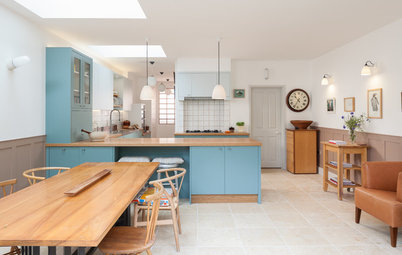
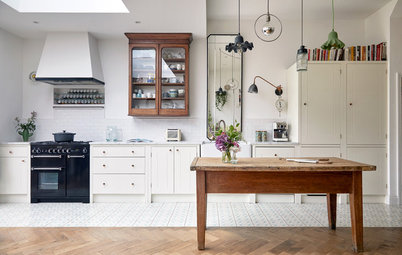
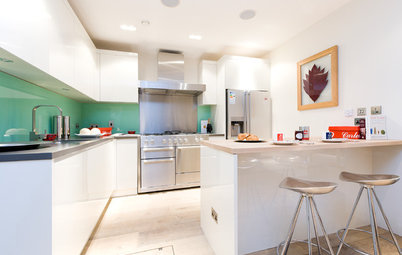
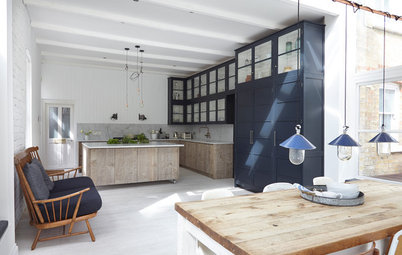
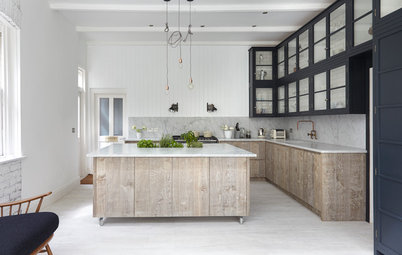
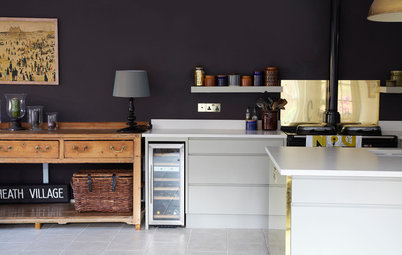
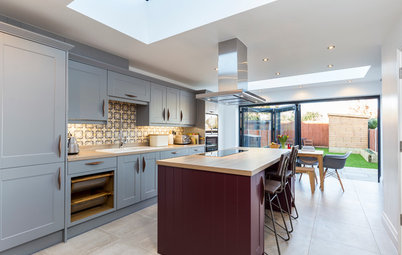
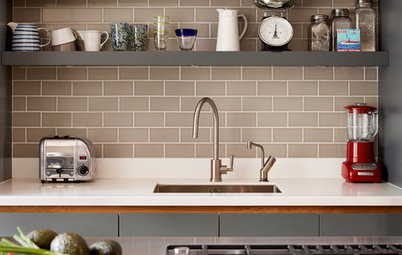
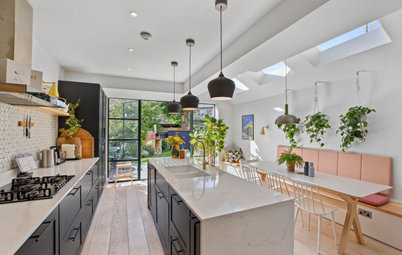
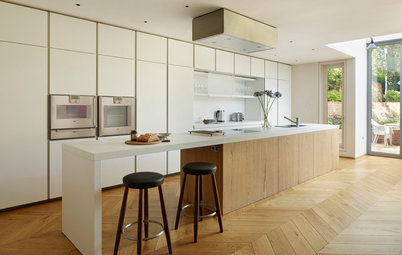
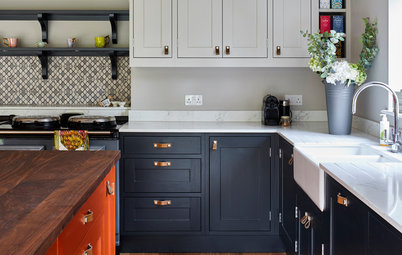

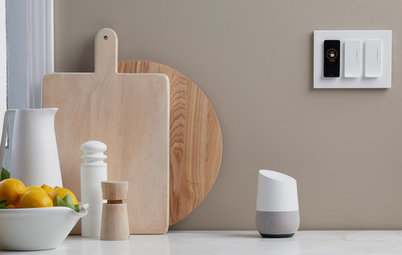
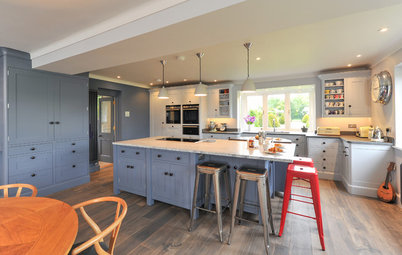
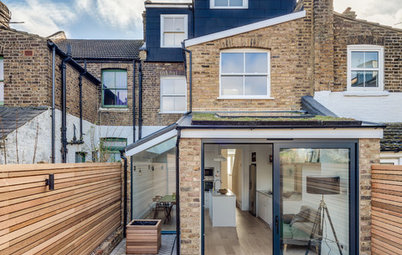

Have you ordered the sink and tap? Do you have your appliance delivery scheduled?
The reason for this is that, once work starts, life gets a little more chaotic – OK, a lot more chaotic. Things such as ordering a sink will slip through your fingers, and you’ll find yourself scrambling when the contractor asks for something.